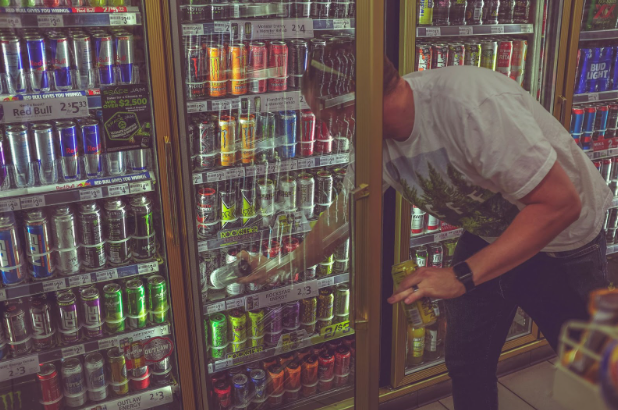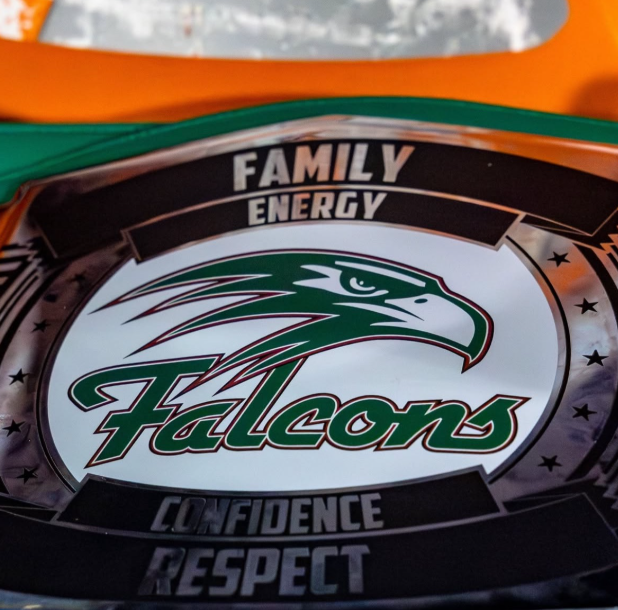As of 2023, 11.3% (37.3 million people) of the United States population have diabetes. The primary treatment for this condition is insulin, a hormone that turns food into energy and lowers the amount of glucose in the blood. Many people rely on insulin just to be able to keep living, however, because of price gouging in pharmaceutical industries, some cannot afford to keep taking their prescribed insulin.
Price gouging is a term that best describes the act of a seller increasing the price of a product, service, or goods to a level that is seen as unreasonable and unfair to the everyday consumer. This is best seen with the topic of insulin and its highly outrageous prices, especially in America. According to a finding from RAND (a research organization that provides analysis and data), when compared to other countries prices for insulin, the United States’ prices were often five to ten times higher than the rest.
As the years go on, insulin prices constantly increase. The cost of a 30 day insulin supply went from $271 in 2012 to $499 in 2021, marking a 184% increase in cost. The more insulin prices continue to rise, the more its patients will have to suffer in the process.
As many as 1 in 4 users of insulin have reported feeling the need to ration their insulin supply, taking less than what they really need and all-in-all, just skipping out on the life-saving dosage. Some have to face the dangerous consequences of not taking their insulin because of how high its prices have gotten over the years.
Underusing insulin is dangerous since it could lead to a potentially fatal complication of diabetes called ketoacidosis. This happens when acids pile up in the blood to life-threatening levels. Even when people have to ration their insulin, they are putting themselves at risk since the body does not have enough insulin to keep going.
According to the Right Care Alliance, people who have tried to ration their insulin have met fatal outcomes. Four died in 2017, four in 2018 and five in 2019. If someone does not have the exact right amount of what they need, insulin included, there will always be something wrong. The act of wanting to same some because there is not enough to go around can be deadly
However, this is not surprising considering that Yale Researchers found that 14% of people who use insulin in America find the drug to be a burden on their finances. According to these people, the cost of insulin takes up around 40% of their newly available income.
It is also not helpful that not every insurance plan covers insulin as a part of health insurance. This only makes people pay more out of their own pocket money that a percentage does not have enough of.
There are a few companies that have lowered the cost of insulin through programs or coupons, however, insurance providers still have the space to negotiate excessive prices for their customers. Since The World Health Organization lists insulin on its WHO Model Lists of Essential Medicines, some believe that the recognition would prompt pharmaceutical companies to see this and focus on affordability.
The very discoverer of insulin, Frederick Banting, refused to have his name be put on a patent for the hormone. He felt that insulin belonged to everyone and that the people who needed it could have access to it.
Banting, alongside his co-inventors James Collip and Charles Best, sold the patents for Insulin to the University of Toronto for only $1 for each of them. If Banting, Collip and Best could see the prices of insulin today, they would see how much times have changed to when the hormone was best recognized as being fairly priced to those who needed it.
However, there have been some plans in motion to stop price gouging on insulin and make it more affordable. President Biden’s Inflation Reduction Act saw that around four million senior citizens with diabetes on Medicare started to see their insulin be capped off at $35 per month.
Alongside this, pharmaceutical company Eli Lilly cut down insulin prices by 70% capped monthly out-of-pocket costs at $35. It was not long until other companies such as Novo Nordisk and Sanofi followed suit and made similar changes to their plans.
While being a few steps in the right direction, the price gouging on insulin remains a constant problem for those who are not privileged enough to not worry about it. To many in America, insulin is an essential, like air and water. The fight of getting affordable insulin to diabetics still continues to this very day.









































































